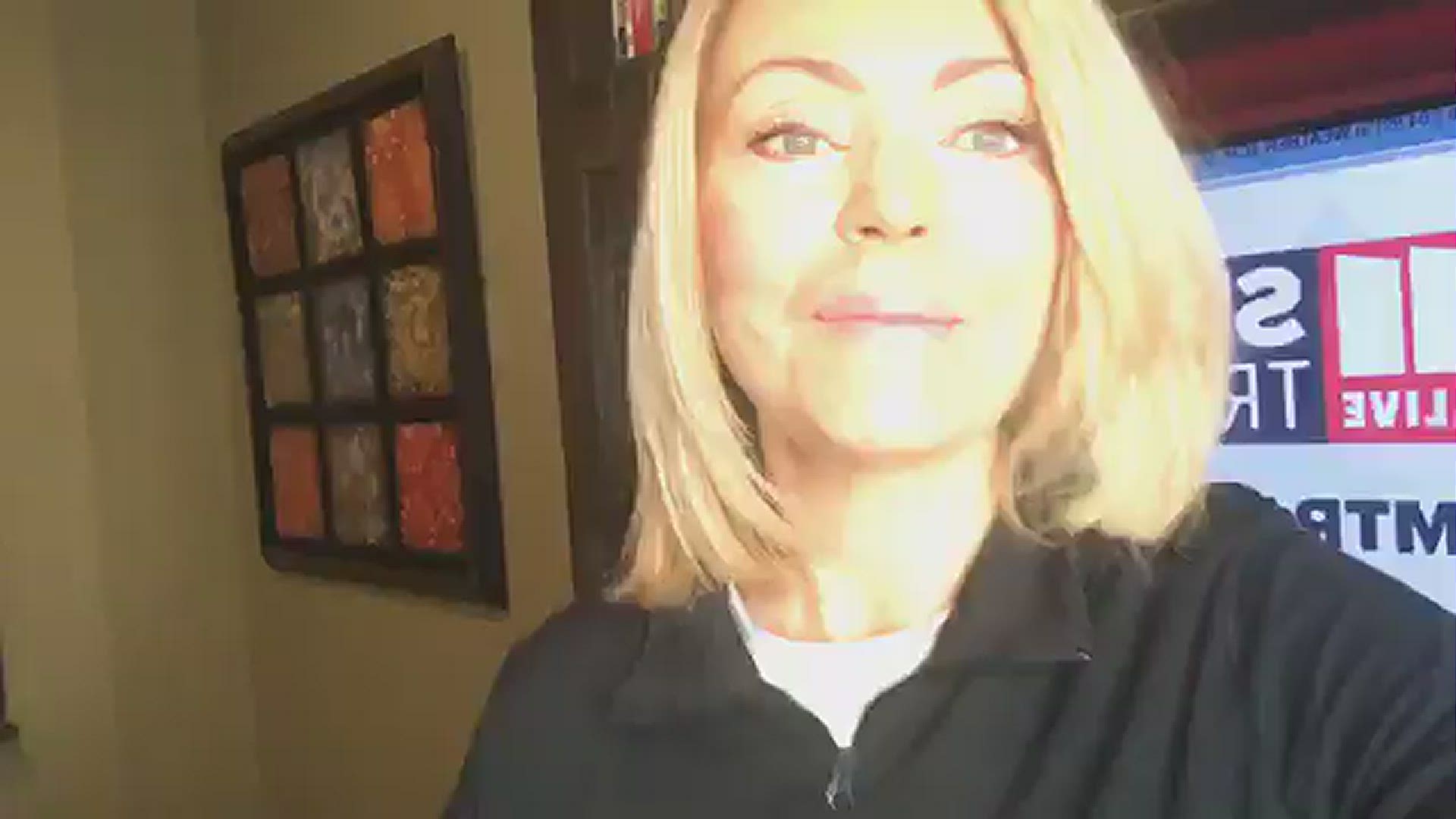ATLANTA — Thunder can be very loud, startling, and scary. But the science behind thunder is very interesting!
Thunder happens as the air rapidly expands as lightning moves through it.
Lightning is made up of electricity and is very hot. As the electricity moves through the air it heats it up, rapidly expanding it and creating a shockwave.
This shock wave travels through the air to your ear resulting in that loud rumbling sound.
The speed of light is about 1 million times faster than the speed of sound. That is why we see the lightning flash first, and then hear the thunder sound later.
To tell how far away the lightning is you simply need the count. Every five seconds between the lightning strike in the thunder means that the lightning is one mile away. So if you see lightning and start to count one Mississippi, two Mississippi, three Mississippi, four Mississippi, five Mississippi and then hear thunder, then the lightning is about a mile away.
Another interesting thunder fact is that a clap of thunder is usually associated with the vertical strike, while rumbling or rolling thunder is associated with the horizontal strike from cloud to cloud.
Whenever you hear a clap of thunder soon after you see the light, that usually means it’s a vertical lightning strike from cloud to ground very close to you. When you hear rumbling thunder the sound is traveling horizontally either towards or away from you.
No matter the kind, the safest place to be when you hear thunder is indoors!
Storm tracker school meets every day at 11 o’clock on the 11Alive Facebook page.
MORE STORMTRACKER SCHOOL

